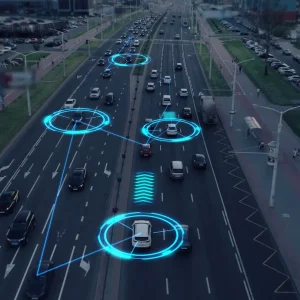Speak to any road safety organisation and there’s a common aim; to reduce accidents, improve safety and save lives! But how do we get this message across so that companies and drivers sit up and listen?
The most used tactic seems to be through negative headlining such as fear, shock, disgust and horror. Take for example the Institute of Advanced Motorists (IAM) who recently highlighted the worst examples of excessive speeding caught on safety cameras across England and Wales in 2014. Their headline reads, ‘IAM shocked by the worst speeders in England and Wales – including 146mph on a motorway and 128mph in a 30 zone’
I’m not looking to single out the IAM, who do excellent work in promoting road safety, but it’s a good example of the trap we all fall into sometimes – and that is to use negative terms to promote road safety, which should be seen as a very positive thing!
Personally I’d like to see more positive messages, particularly across the fleet sector. Rather than shock headlines threatening company directors that they could be prosecuted if one of their drivers has a KSI (killed or seriously injured) accident if there are no risk management policies in place, we should be focusing on the benefits of investing in risk management.
Better driving means fewer accidents, which results in happier employees, reduced costs, better profit margins, less staff time spent handling claims and improved insurance premiums.
Less minor damage to vehicles means your fleet looks better when cars and vans are seen by prospects and customers. It also means less end of contract recharges and reduced agro with your leasing company when the vehicle is returned.
Companies with a strong health and safety culture are appealing places to work at, and improved driving standards result in less fuel used which is better for the environment.
The list is extensive and, if we re-visit the headline about speeding, there are numerous positive reasons for not speeding, so lets not focus just on the negatives.
If you’re not convinced that positive messages work better than negative ones, think about how kids are influenced.
“Don’t go out without a coat on, otherwise you’ll be cold.” That one never works for my young daughter. But making her believe she looks cool in a trendy coat – that does the trick!The same goes for her cycling helmet. “Put your helmet on, otherwise you could be seriously injured if you fall off your bike.” That one doesn’t seem to hit home at all. Letting her choose a helmet she thinks is trendy works far better.
The upshot is, we all prefer positive messages than negative ones. So lets work





